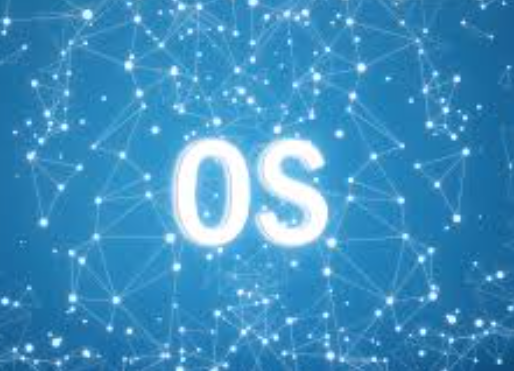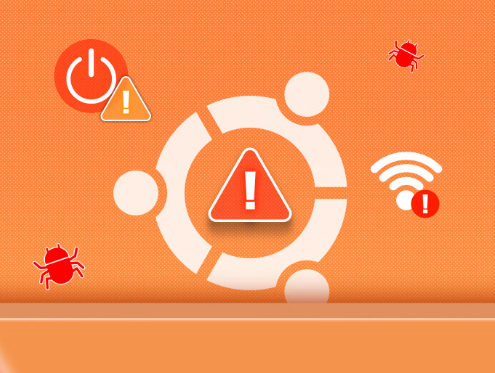
History of Operating Systems | From DOS to Windows 11
Operating Systems (OS) are the backbone of modern computing. They manage hardware, enable software to run, and provide a user-friendly interface. But how did they evolve from basic command-line tools to today’s sleek, intelligent platforms like Windows 11, macOS Sonoma, and Android 14? Let’s explore the journey through time.
What Is an Operating System?
An Operating System is system software that acts as an intermediary between computer hardware and the user. It handles everything from memory and process management to user interfaces and security.
Learn more: What is an Operating System? | OS Explained for Beginners
1. The Early Days – 1950s to 1970s
- Batch Operating Systems (1950s): In the early days, computers had no OS. Users submitted jobs via punch cards. The OS later evolved to automate task execution in batches.
- Mainframe Systems (1960s–1970s): Companies like IBM introduced mainframe OS like OS/360, enabling multiple users to access the system using terminals.
- Key Milestone: IBM’s OS/360 introduced the concept of multiprogramming.
2. The DOS Era – 1980s
- MS-DOS (Microsoft Disk Operating System): Launched in 1981, it dominated the personal computer space.
- Command-line only, DOS was efficient but not user-friendly.
- Apple’s Lisa and Macintosh OS: Apple introduced a graphical interface in 1983, revolutionizing usability.
3. GUI Revolution – 1990s
- Windows 3.0 and Windows 95: Brought multitasking, plug-and-play, and a more user-friendly GUI to the masses.
- macOS (Classic Mac OS) continued evolving in design and functionality.
- Linux (1991): Created by Linus Torvalds, Linux offered a free, open-source Unix-like OS. It grew rapidly in the server and developer communities.
Related post: Types of Operating Systems | Batch, Time-Sharing, Real-Time & More
4. Rise of Modern Operating Systems – 2000s to Present
Microsoft Windows
- Windows XP (2001): Stable and widely adopted.
- Windows 7 (2009): Praised for performance and simplicity.
- Windows 10 (2015): Unified platform across PCs, tablets.
- Windows 11 (2021): Modern UI, Android app support, and better integration with cloud and AI tools.
Apple macOS
- Mac OS X (2001): Based on UNIX, introduced Aqua interface.
- macOS Big Sur & Sonoma: Redesigned interfaces, optimized for M1/M2 chips.
Linux Distributions
- Popular ones include Ubuntu, Fedora, Debian, and Arch Linux.
- Powers servers, desktops, and IoT devices.
More on this: Popular Operating Systems Compared | Windows vs macOS vs Linux
5. Mobile OS Boom
- Android (2008): Open-source, used by Samsung, Google, etc. World’s most popular mobile OS.
- iOS (2007): Apple’s closed ecosystem OS with a strong focus on privacy, security, and performance.
Dive deeper: Android vs iOS | Mobile Operating Systems Explained
6. Future of Operating Systems
- Cloud-based OS: Chrome OS and browser-based systems focus on cloud storage and services.
- AI Integration: Windows Copilot and macOS Siri will evolve into full AI assistants.
- Cross-platform ecosystems: Seamless experiences between phones, laptops, and smart devices.
Final Thoughts
Operating systems have come a long way from punch cards to AI-driven interfaces. They continue to evolve, adapting to the changing ways we use technology—more mobile, more cloud-based, and more intelligent.
Related Read: 5 Key Functions of an Operating System


